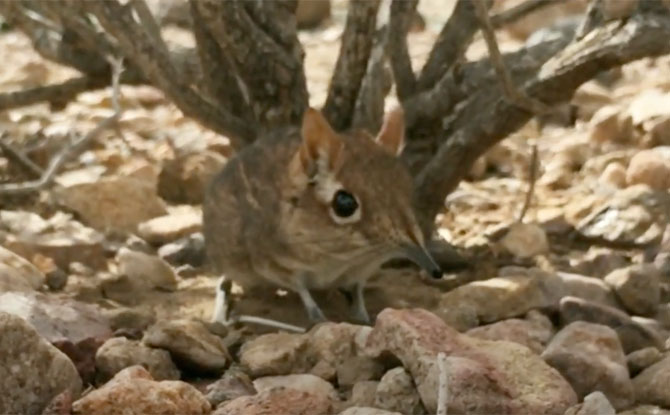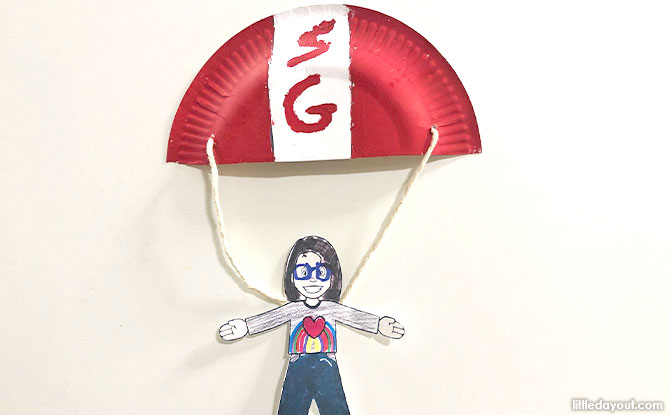
Last sighted by the scientific community in 1962, more than 50 years ago, the tiny Somali sengi, an elephant shrew, was thought to have “lost”. However, the species has rediscovered by research scientists in Djibouti, a country in East Africa which is bordered by Somalia to the South.
Sengi or Elephant Shrew
The tiny elephant shrews or sengis are not shrews at all. Instead, scientists think that they are closely related to African mammals which include elephants, sea cows and aardvarks.
They are called elephant shrews because of their long trunk-like noses. They grow to around 22 to 30 centimetres, not including their tails, and more around in a hopping motion.
It is small enough to be held in a person’s hand.
BE PSLE-READY: Join Expert Educators for Revision Boosters to Empower P6 Students
BURP: Join the Sound Collector on a Whimsical Chase at Esplanade – Theatres on the Bay
WEEKEND IDEAS: Get Inspirational Ideas of Things to Do
Somali Elephant Shrew Species Rediscovered
The Somali sengi was tracked down by the scientists using old photographs and with the help of local living in the vicinity. More than 1,000 traps were set up in different locations. They baited the animal by using a combination of peanut butter, oatmeal and yeast.
The species was identified by a little tuft on the tip of its tail. 12 animals were observed during the expedition.
According to the BBC, the expedition yielded the first-ever live footage of the Somali elephant shrew.
For us, it is just positively great news to hear that a species that was thought to perhaps have “disappeared” can be found again.
You can view a video of this rediscovered species below.














![Amazing Guide To Singapore Zoo: Shows, Animals, Tickets & More [Updated 2024] Really Useful Guide To Singapore Zoo: Shows, Animals, Tickets & More](https://www.littledayout.com/wp-content/uploads/a-Current-Singapore-Zoo-Entrance.-Photo-Credit_Mandai-Wildlife-Group-218x150.jpg)







